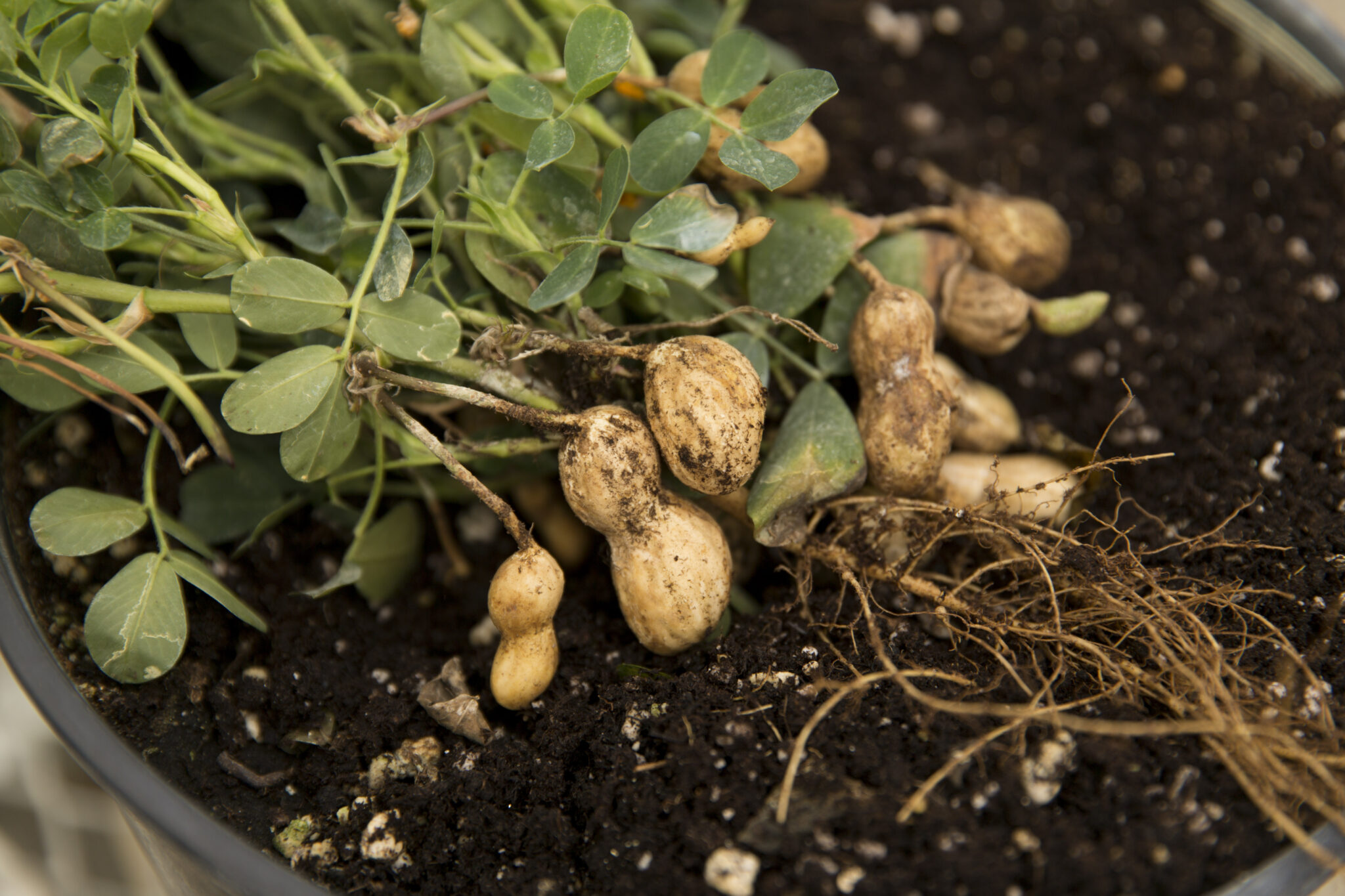By Sharon Omahen
University of Georgia
Drought conditions across the state have drastically reduced diseases on landscape plants. But in their efforts to save parched and withering shrubs and trees, many Georgia homeowners have caused their plants' roots to rot.
"Most of the disease problems I'm seeing are related to what homeowners are doing to compensate for the lack of rain," said Holly Thornton, a University of Georgia homeowner integrated-pest-management specialist. "Turf, woody ornamentals and herbaceous plants don't respond well to excessive soil moisture."
Rotten roots
On the other hand, root-rot pathogens love water-soaked conditions, she said.
Thornton is a plant diagnostician for the homeowner plant disease clinic of the UGA College of Agricultural and Environmental Sciences. The clinic processes more than 600 home turf, ornamental and fruit-tree samples each year.
UGA Cooperative Extension agents identify most plant disease samples for Georgia homeowners. Thornton and the clinic get involved when the problem isn’t so easy to identify.
Root and crown rots were the chief ornamental diseases identified in the clinic this August. Most centipede and St. Augustine turf samples were infected with Take-all root rot.
Other factors, too
The drought and over-watering aren’t the only reasons Thornton is receiving plant samples.
"We had a warm winter followed by a really bad cold snap," Thornton said. "The trees had already put out new growth when they were knocked back by the extreme lows in early April. This was all topped off by a very hot, dry summer."
This is evident in the number of oak and poplar trees losing their leaves, she said. Older trees and newly installed plants are suffering the most.
"People are sending me samples from 70-year-old oak trees," she said. "They just can't take the compounded effects of environmental stresses, possible compacted soils and many other problems that plague older trees."
Many of the leaf samples Thornton receives look literally scorched. "Dogwood leaves especially look like someone used a blow torch on them," she said.
Most established trees will recover on their own by dropping old leaves and putting on new growth. Some trees, such as tulip poplars, may go dormant earlier this year, she said.
Photos backup sample
To help your county agent or the UGA homeowner plant disease clinic properly identify the cause of your plant problem, Thornton offers these tips for properly collecting a sample:
First, take a close-up photograph of the affected area of the plant. Then take a picture of the entire plant. Take a final photograph of the plant within the entire landscape.
"Sending pictures with your sample helps us piece the puzzle together," Thornton said.
Next, place the sample in a sealable plastic bag with a dry paper towel.
"People think a wet paper towel will help preserve the sample," she said. "The moisture actually creates an environment favorable for diseases to grow and can deteriorate the sample before it gets to us."
Last, take the sample to your local UGA Extension office as early in the week as possible.
"Keep in mind that the university is closed on the weekend," she said. "You don't want your sample to sit in our mail room all weekend long."
If you suspect your problem is a root problem, Thornton recommends "sacrificing" the plant.
"The damage is most likely in the crown of the plant, and that usually can't be detected in the lower, feeder roots," she said. "Losing one plant is a small sacrifice to find out what's going on in your landscape. And we love to get whole plants, as it really gives us a true picture of what we're dealing with."
There's no charge for digital image samples. A $10 fee is charged for physical sample disease identification.






